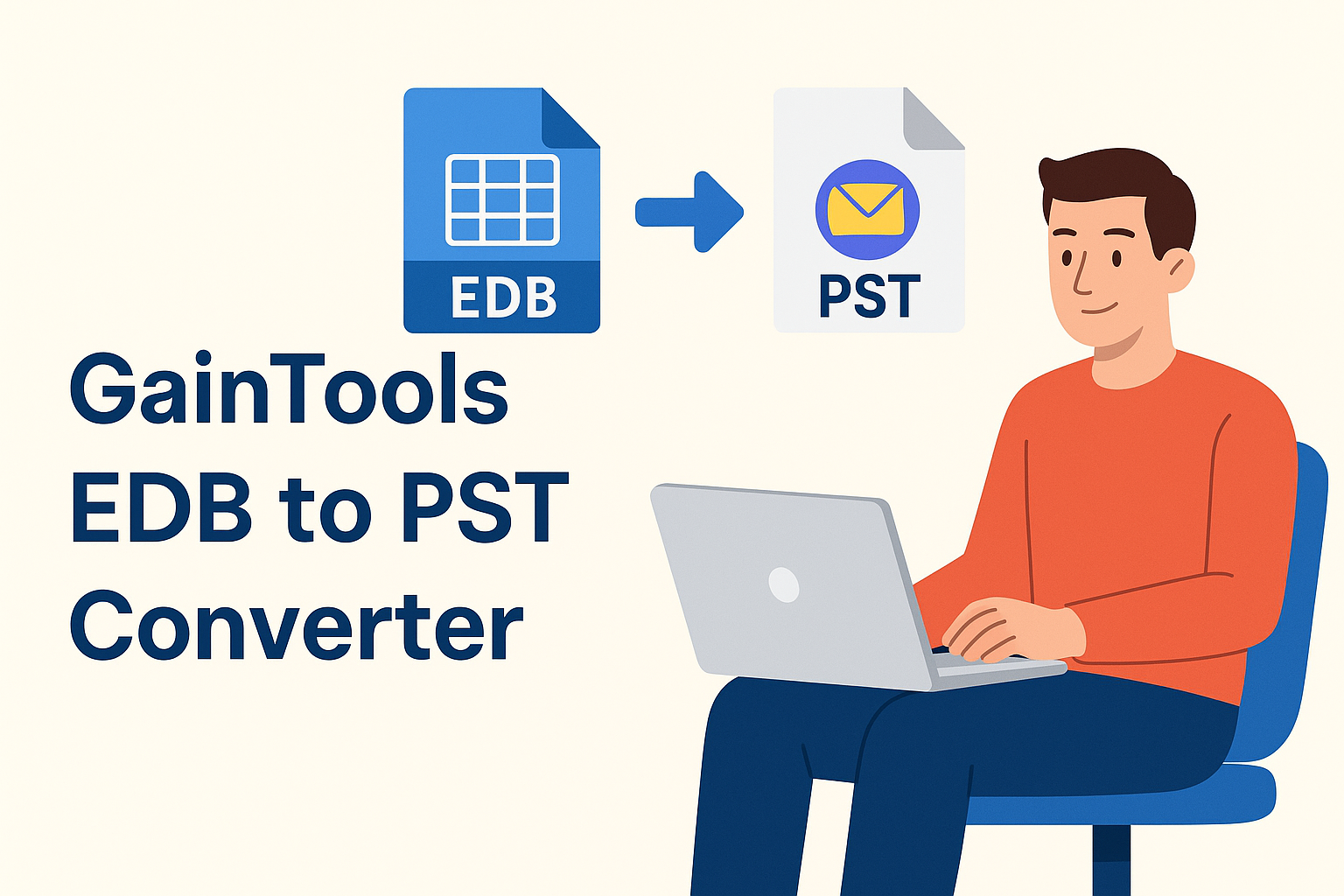Caching and CDN Strategies for Maintaining High-Performance Websites | St.Louis Website Maintenance Agency
Website Maintenance company in St. Louis
Imagine a potential client abandoning your site before it even finishes loading. That’s the reality for slow websites, and it’s why performance strategies matter. Two technical solutions that make a huge difference in performance are caching and content delivery networks (CDNs). Partnering with a trusted St.Louis Website Maintenance Agency ensures these strategies are implemented effectively to keep your site fast and reliable.
While the terms may sound complex, understanding how caching and CDNs work, and implementing them correctly, can drastically improve website speed, reliability, and user satisfaction. In this guide, we’ll break down these strategies, explain why they matter, and offer actionable steps you can take to maintain a high-performance website.
Why Website Performance Matters
A slow-loading website frustrates visitors and leads to higher bounce rates. In competitive B2B environments, even a few seconds of delay can mean missed opportunities, lost leads, or abandoned forms.
Performance also affects SEO. Google includes page speed as a ranking factor, so a sluggish site can drop in search results, reducing visibility and organic traffic. Optimizing your website isn’t only about appearance, it’s about efficiently delivering content to users, wherever they are.
Understanding Caching
Caching is the process of temporarily storing copies of your website’s content to serve users more quickly. Instead of generating pages from scratch on every request, cached content reduces server workload and accelerates delivery.
1. Browser Caching
Browser caching stores static files, images, CSS, JavaScript, on a visitor’s device. When the user returns, their browser can load these resources locally rather than fetching them again.
Tips:
- Set expiration dates for static resources.
- Use versioning to ensure updated content loads correctly.
Benefit: Faster repeat visits and reduced server strain.
2. Server-Side Caching
Server-side caching stores rendered pages or components directly on the server. This prevents repeated database queries and page generation for each user.
Approaches:
- Full-page caching: Saves the entire page as HTML.
- Object caching: Stores database query results for faster retrieval.
- Opcode caching: Speeds up PHP processing by storing precompiled scripts.
Benefit: Reduces server processing time and improves performance, especially for high-traffic pages.
3. Plugin-Based Caching (WordPress Specific)
For WordPress websites, caching plugins simplify implementation:
- WP Rocket, W3 Total Cache, LiteSpeed Cache
- Minify CSS and JavaScript
- Enable lazy loading of images
- Control page-level caching rules
Use Case: A B2B software company experienced slow product pages during launches. After implementing a caching plugin, page load time dropped from 6 seconds to under 2 seconds, reducing bounce rates and improving engagement.
Understanding Content Delivery Networks (CDNs)
CDNs distribute website assets across a network of global servers, allowing users to access content from the server closest to them. This reduces latency, improves load times, and handles traffic spikes more efficiently.
Benefits of CDNs:
- Reduced latency: Faster delivery for users worldwide
- Scalability: Handles high traffic without slowing the site
- Reliability: Keeps your site accessible even if the origin server has issues
Popular CDNs: Cloudflare, Amazon CloudFront, Fastly
Combining Caching and CDNs
The best results come from using caching and CDNs together:
- Static assets on CDN: Images, CSS, and JS served from global servers reduce load on your main server.
- Dynamic caching: Pages updated frequently can benefit from object or partial caching.
- Edge caching: Stores content closer to users while keeping it fresh.
Use Case: A nonprofit organization running nationwide campaigns had thousands of concurrent visitors during donation drives. Implementing server-side caching along with a CDN allowed the site to handle traffic spikes without errors, boosting donations by 20%.
Additional Performance Optimization Tips
Even with caching and CDNs, further optimization ensures peak performance:
1. Optimize Images
- Compress images without quality loss using TinyPNG or WebP
- Properly size images for different devices
2. Minimize HTTP Requests
- Reduce unnecessary CSS and JS files
- Combine scripts and remove unused code
3. Lazy Loading
- Load images and videos only when visible on the screen
- Reduces initial load time and improves perceived speed
4. Continuous Monitoring
- Use tools like Google PageSpeed Insights, GTmetrix, or Pingdom
- Identify and resolve bottlenecks proactively
5. Keep Software Updated
- Ensure WordPress core, plugins, themes, and server software are current
- Prevent performance issues and security vulnerabilities
Real-World Example: Performance Boost Through Maintenance
A mid-sized B2B consultancy faced complaints about slow-loading pages, particularly resource-heavy case studies. Users in remote locations reported delays of over 8 seconds.
Strategies Implemented:
- Installed a caching plugin for dynamic pages
- Configured a CDN for global delivery
- Optimized images and minimized scripts
Results:
- Average page load reduced to 2.3 seconds
- Bounce rate dropped by 35%
- Lead submissions increased by 18%
This example highlights how technical maintenance, caching, CDNs, and optimization, directly impacts user experience, engagement, and conversions.
Why Ongoing Maintenance Is Crucial
Caching and CDNs are not “set it and forget it.” Regular updates, monitoring, and tuning are necessary to maintain optimal performance. Content changes, plugin updates, and traffic spikes can affect speed, making ongoing maintenance critical.
Routine maintenance ensures:
- Cached content remains up-to-date
- CDN configurations are optimized
- Website performance keeps pace with business growth
Conclusion
Website performance is essential for user engagement, lead generation, and search engine visibility. Implementing caching strategies alongside a content delivery network ensures your site is fast, reliable, and scalable, even during peak traffic periods.
For businesses in St. Louis looking for expert maintenance and optimization, partnering with a St. Louis Website Maintenance Agency guarantees your website remains high-performing, secure, and optimized for both users and search engines.




